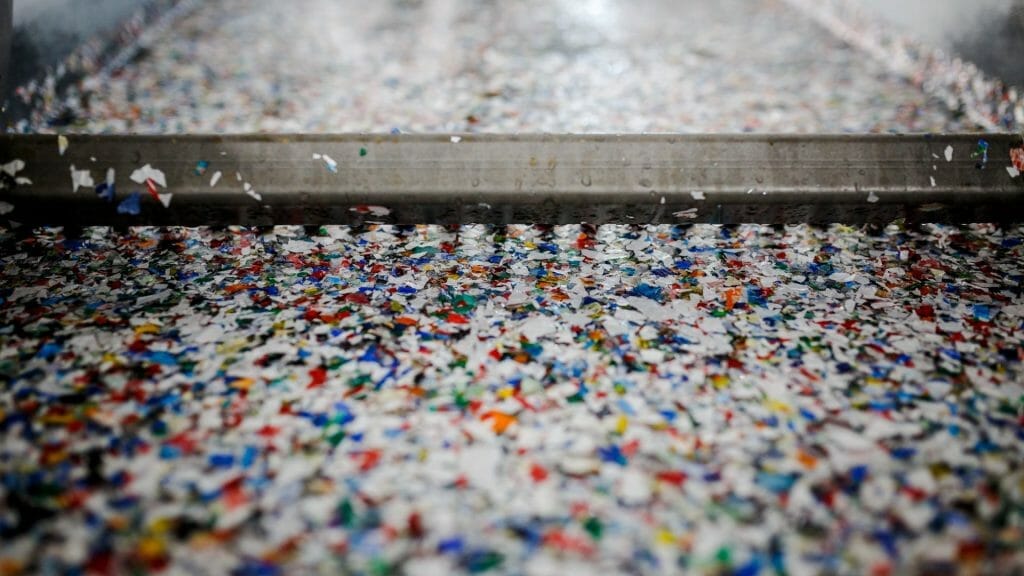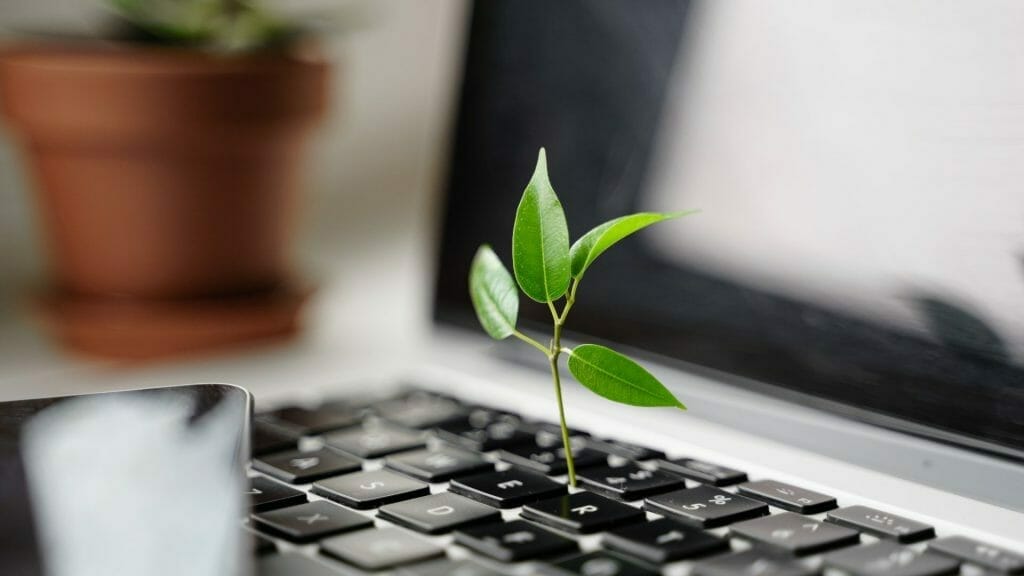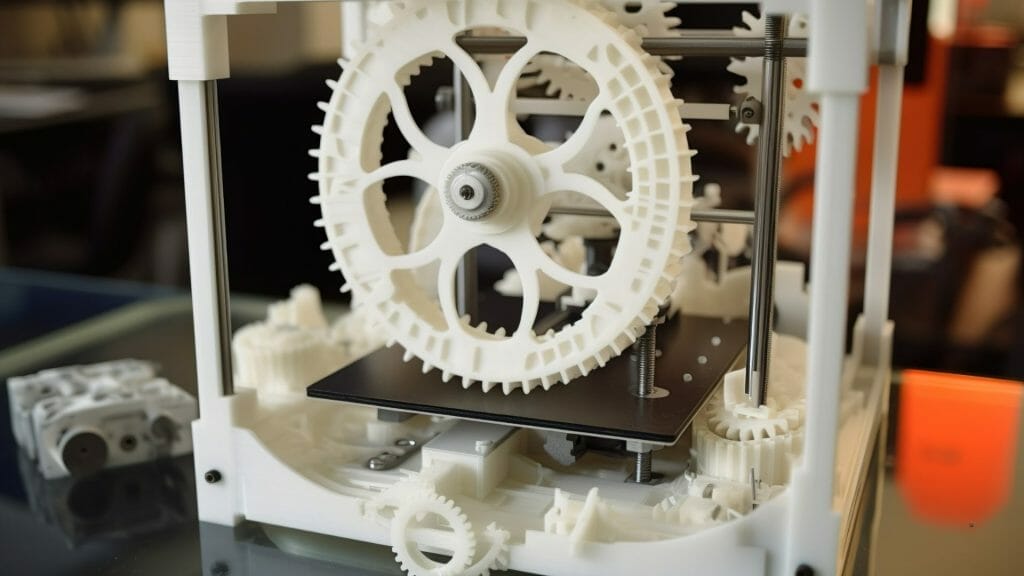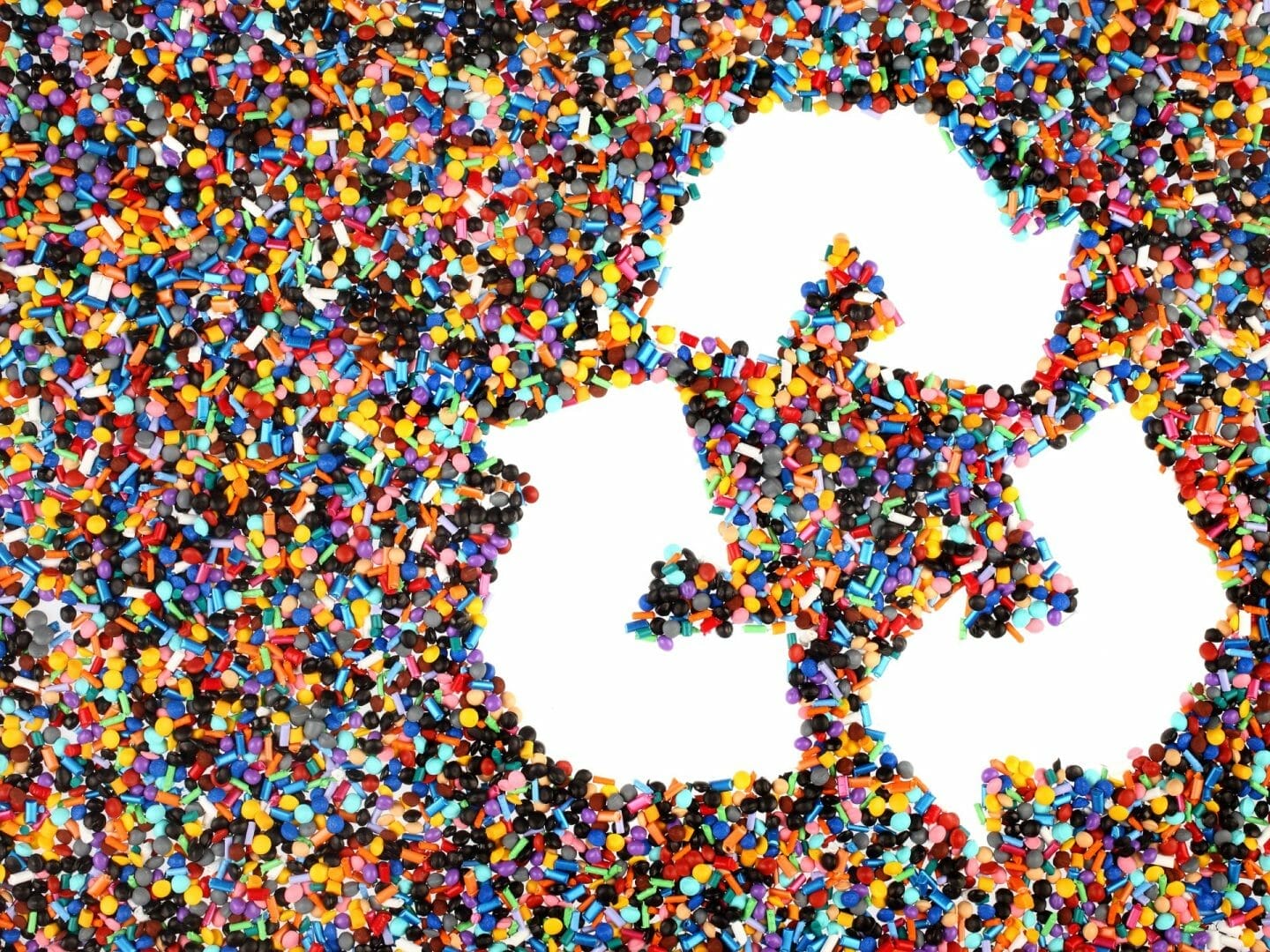If ensuring a sustainable product lifecycle is one of your product’s requirements, we can help in several ways:
> Identifying suitable recycled and/or recyclable materials
> Testing to minimize yield and field returns
Identifying Suitable Materials for Sustainability
When the use of recycled or recyclable materials are part of your market requirements to increase sustainability of product development, we analyze materials that can meet the performance and aesthetic priorities your product requires.
There are several design considerations we use to identify suitable recycled materials, including ways to improve the design of your product to accommodate potentially reduced properties of recycled materials. We consider a number of impacts, such as:
> Are the materials used commonly recycled?
> Are you able to use recyclable polymers?
> Is it possible to use post-consumer recycled (PCR) material or regrind?
> Can the product (at least 90% pure materials) be easily separated into recyclable waste streams?
> Is there a plan to collect product at end of life?

Recycled Material Considerations
Design Impacts When Using Recycled Materials
Mechanical Performance
> Increase safety margins for critical components because of reductions in fatigue and impact strength properties
Molding Performance
> Move knit lines to non-critical areas and vent the mold well because of reduced strength at knit lines
Lot to Lot Variability
> Pay special attention as PCR content increases
> Test different lots
> Design to worst case
Waste Streams
Select material based on recyclable waste stream:
> Regrind, usually closest to virgin resin
> Post-Consumer Recycled (PCR) material
> Recovered ocean plastic, usually the most impacted

Testing to Minimize Yield and Field Returns for Sustainability
Knowing how to test materials and product performance for sustainability is a critical step. Through appropriate testing, we confirm that materials perform to physical and environmental requirements and that products hold up to the use environment and expected service life, to minimize yield and field returns.
Market Requirements
Application
> Consumer
> Industrial
> Medical
Performance
> Mechanical function
> Manufacturability
> Special requirement
Aesthetics
> Visual appeal
> Tactile and ergonomics
> Acoustic appeal
Sustainable lifecycle
> Useful life of expectancy
> Sustainability
Material Considerations
>Aesthetic: color, adhesion
> Compatibility: environmental, chemical
> Regulatory: flammability, biocompatibility
> Strength: yield, fatigue, creep
> Tribological: friction, wear
> Moldability: shrinkage, viscosity
> Additives: electrostatic discharge (ESD), antimicrobial, fibers
> Surface finish: texture, friction, grip
> Adhesion: TPE 2nd shot, paint, printing
> Sound dampening: loss modulus, hardness
> Strength/combability
> High PCR or regrind content
> Recyclability and replaceability
> V&V testing

And when you want to go beyond material performance, we can develop cycle testing. AC Hardware Testing Teams and Labs are dedicated to the rapid development of custom test equipment, protocols, fixtures, and instrumentation.



